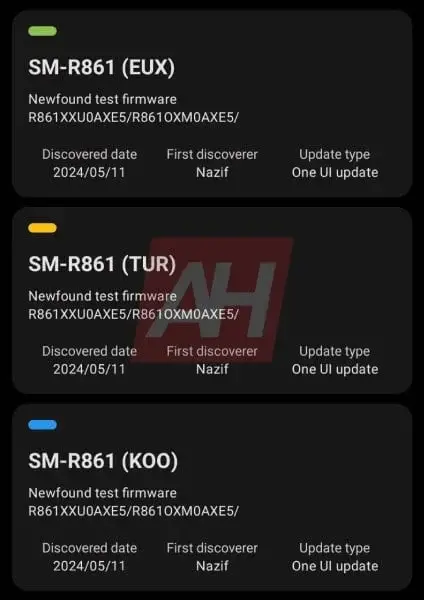iQOO has introduced the Z9x 5G to the Indian market, positioning it as a budget-friendly smartphone with a focus on extended battery life, a fluid display, and reliable performance. This launch follows its release in China last month. Let's delve into its specifications.
iQOO Z9x 5G Specifications
The iQOO Z9x 5G sports a 6.72-inch Full HD+ (2408 x 1080 pixels) LCD display that offers a smooth 120Hz refresh rate and a pixel density of 393 PPI. The display also achieves a peak brightness of 1000 nits, ensuring visibility even in bright outdoor settings. Furthermore, it includes Rheinland Low Blue Light Certification to reduce eye fatigue.
Under the hood, the phone is powered by the Qualcomm Snapdragon 6 Gen 1 4nm processor, accompanied by the Adreno 710 GPU. This chipset, while not top-tier, is adequate for daily activities and light gaming.
The device is available with 4GB, 6GB, or 8GB of LPDDR4x RAM and comes in 128GB and 256GB internal storage options (UFS 2.2). iQOO also provides up to 8GB of virtual expandable RAM, which uses storage space to enhance multitasking performance. Storage can be further expanded up to 1TB via a microSD card.
Running on Android 14 with Funtouch OS 14, the iQOO Z9x 5G includes a 3.5mm headphone jack and stereo speakers with Hi-Res Audio certification. A five-layer 3D cooling system is implemented to manage heat during intense gaming sessions. Additional features include App Retainer for restoring background apps and Hidden Photos for extra privacy.
Camera and Battery
The device features a distinctive porthole-shaped dual camera setup on the back, comprising a 50MP main sensor with an f/1.8 aperture and a 2MP depth sensor. For selfies and video calls, there's an 8MP front camera with an f/2.05 aperture. Despite the seemingly basic camera setup, iQOO highlights the phone’s AI capabilities for taking good photos. The 8GB RAM variant can also record videos in up to 4K resolution.
The standout feature is the enormous 6000mAh battery. According to the company, the phone can provide up to 21 hours of video playback, 71 hours of music playback, and 30 hours of social media browsing on a single charge.
The phone supports 44W FlashCharge fast charging, allowing for quick battery top-ups. iQOO also emphasizes a four-year battery health guarantee and an anti-aging charging algorithm to prolong the battery’s lifespan.
Design and Connectivity
Despite its large battery, the Z9x 5G maintains a lightweight design, with a thickness of just 7.99mm and a weight of 199g. It also has an IP64 rating for dust and water resistance, making it suitable for use in light rain or dusty environments.
The device offers a range of connectivity options, including Hybrid Dual SIM, 5G support, Bluetooth 5.1, and USB Type-C. There’s also a side-mounted capacitive fingerprint sensor for secure and quick biometric authentication.
Pricing and Availability
The iQOO Z9x 5G is available in two color options: Tornado Green and Storm Grey. The pricing starts at ₹12,999 (approximately $156) for the 4GB RAM + 128GB storage variant. The 6GB RAM + 128GB storage model is priced at ₹14,499 ($174), and the top-end 8GB RAM + 128GB storage option costs ₹15,999 ($192). The phones will be available for purchase starting 21st May via iQOO’s online India store and Amazon.in.
iQOO Z9x 5G also comes with attractive bank offers. Customers can avail a flat ₹1,000 instant discount on ICICI Bank and SBI credit/debit cards and EMI purchases, or a flat ₹500 coupon discount on Amazon.in for the 6GB and 8GB RAM variants.










